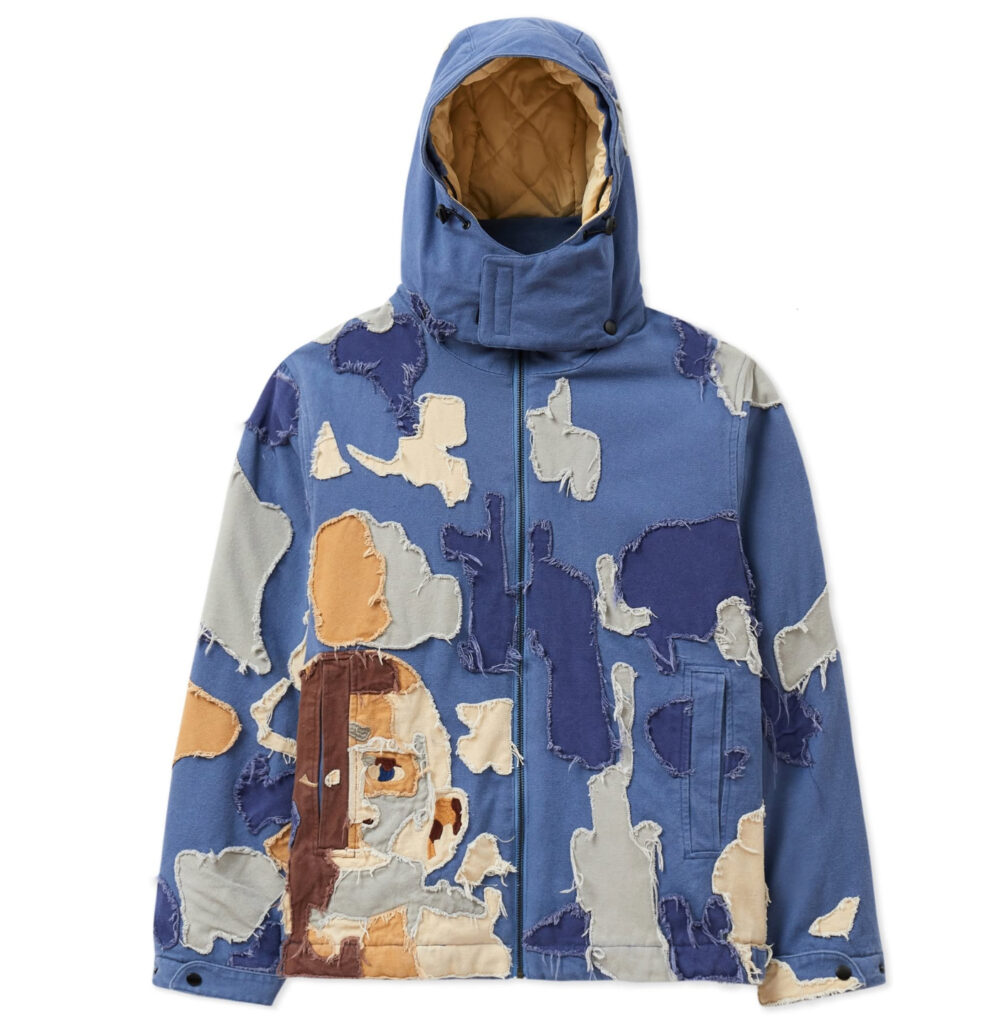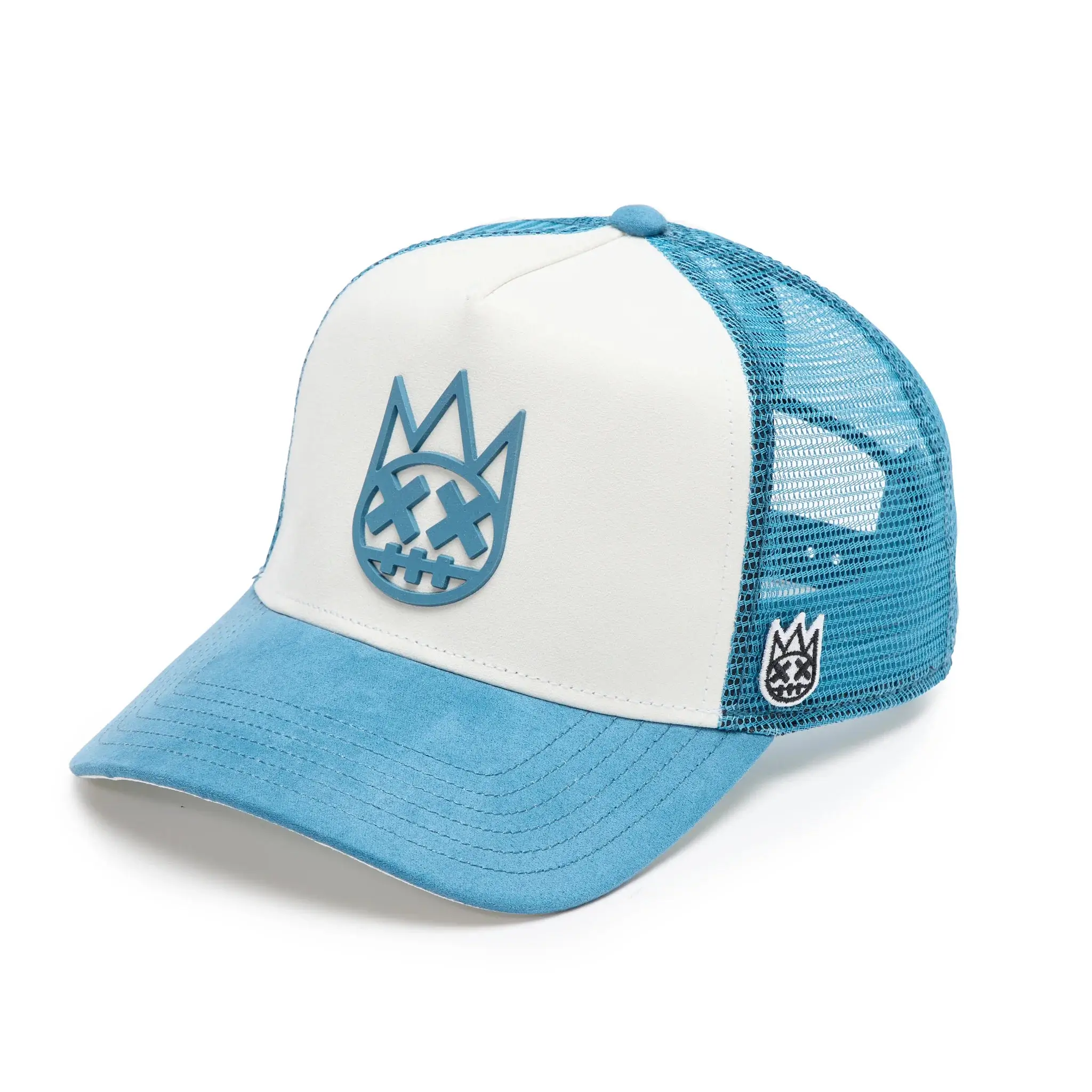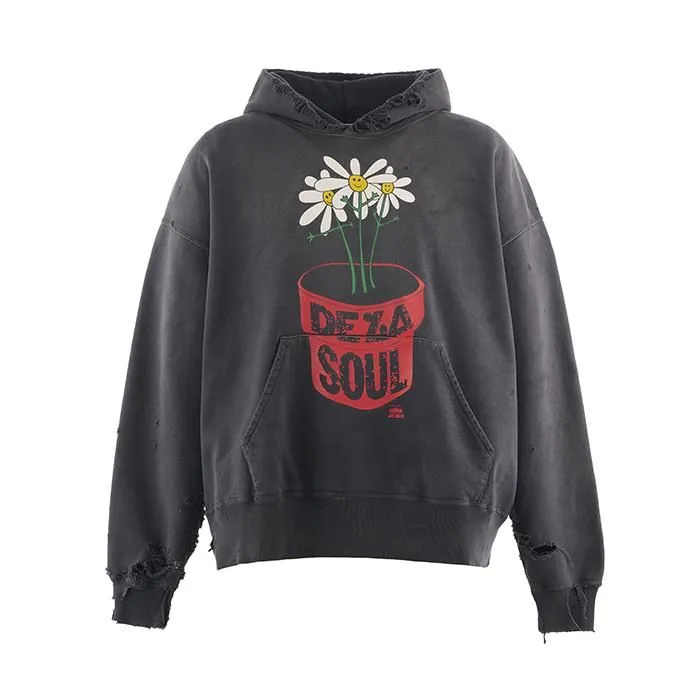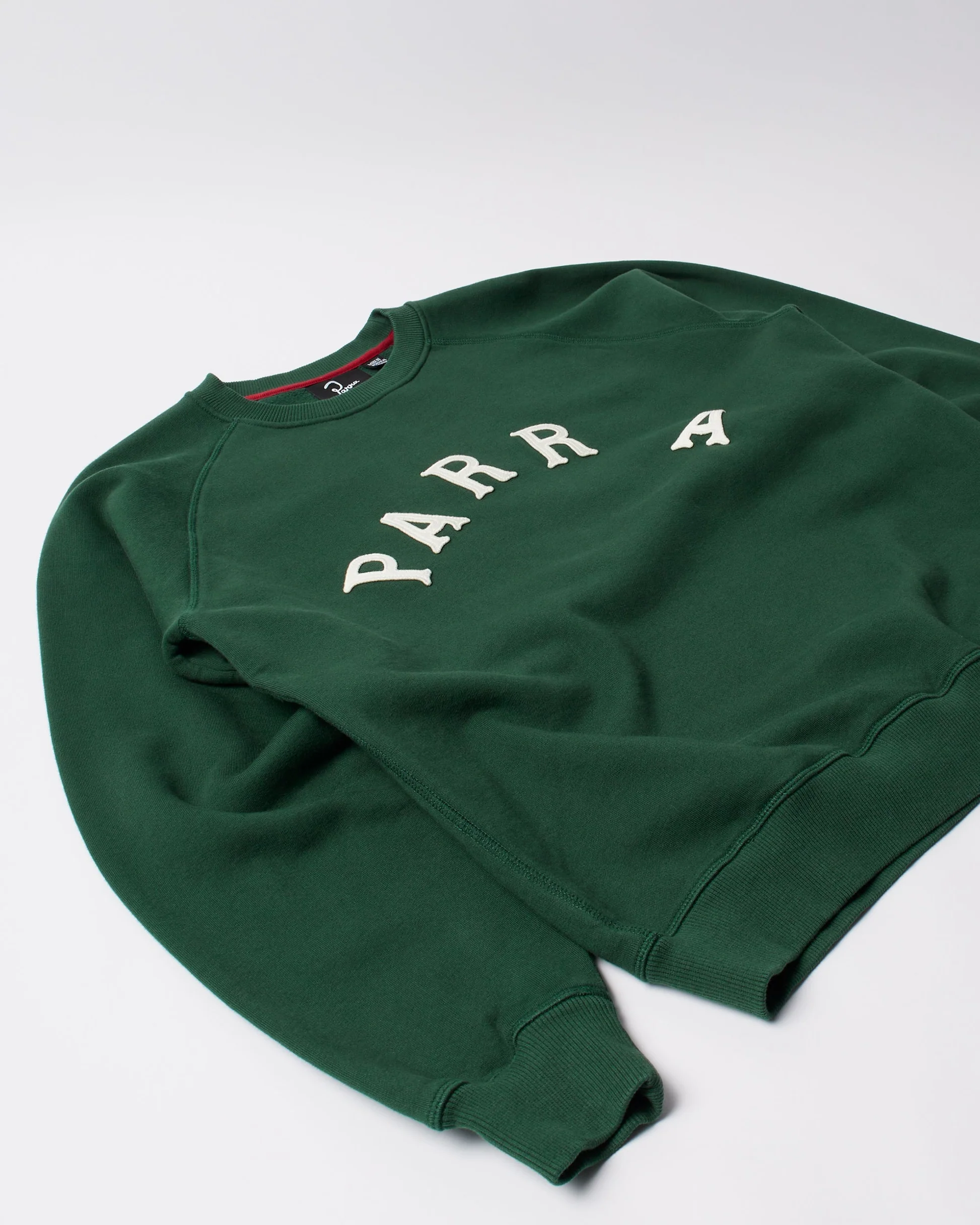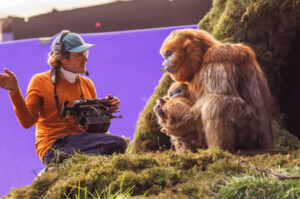In a fashion landscape that often takes itself too seriously, KidSuper shows up like a kid with markers in a museum—curious, irreverent, and ready to remix the classics. It’s not just clothing. It’s not even just art. It’s a refusal to choose between the two. And in no garment is that clearer than in the KidSuper Patchwork Canvas Zip-Up Jacket in Blue—a stitched-up contradiction that somehow makes perfect sense.
This isn’t a jacket. It’s a manifesto in patchwork.
Anatomy of a Statement Piece
Let’s start with the object itself. The blue patchwork canvas jacket is, on paper, a midweight zip-up. But that description flattens it. In reality, it’s a tactile collage: swatches of dyed canvas in varying shades of blue, stitched like a love letter written in fragments. The zip runs up the middle, framed by a broad collar. The silhouette is boxy but intentional—like it’s wearing its own outline.
Up close, the seams aren’t hidden. They’re loud. Proud. Irregular. Imperfect on purpose. The construction is raw in a way that echoes Japanese boro textiles, but through a Brooklyn lens. This jacket doesn’t ask for approval. It announces its presence.
Each panel seems to tell a different story: washed denim blues, sky blues, ink blues, midnight hues. The fabric is rugged, industrial—evoking workwear—but the colorway and cut push it out of the workshop and into the gallery.
KidSuper’s Code: Where Play Meets Philosophy
To understand the jacket, you have to understand KidSuper, the label and the man: Colm Dillane. A former math major, graffiti kid, and footballer from Brooklyn, Dillane built KidSuper from DIY hustle and sheer creative combustion. His ethos? If you can dream it, make it. If it’s weird, even better. If it looks like it shouldn’t work—that’s the point.
KidSuper isn’t driven by seasonal trend forecasts or market-tested silhouettes. It’s driven by the kind of manic inspiration that fills notebooks with doodles at 3 AM. Dillane once said he thinks of his brand like a high school art project that got out of hand. That might sound juvenile, but it’s honest—and oddly profound. In a world of polished branding, KidSuper thrives on rough edges.
The patchwork jacket embodies this spirit. It’s chaotic but calculated. Funny but poetic. Loud but not obnoxious. Like much of KidSuper’s work, it flirts with nostalgia, invokes street culture, and still feels one-of-a-kind.
Patchwork as Protest: Against Perfection, Against Sameness
Patchwork is having a moment. But let’s be clear: KidSuper didn’t follow that wave—he helped create it. The use of stitched-together fabrics is more than aesthetic; it’s philosophical. It speaks to a rejection of fast fashion’s sameness, its sheen, its mass-produced sterility.
The blue canvas jacket is a rebellion sewn from scraps. It says: You don’t need to match. You don’t need to blend in. You don’t even need to make sense.
Patchwork is improvisational. Jazz, not pop. Every jacket is slightly different. Every cut tells a slightly different joke or story. You’re not buying a product; you’re buying an experience—one with visible threads, accidental genius, and purposeful mess.
There’s also sustainability in this chaos. Patchwork, by its nature, suggests reuse, repair, remix. While KidSuper doesn’t claim to be a sustainable brand in the traditional sense, there’s an implicit rejection of waste in its aesthetic. It invites the wearer to consider fabric not as raw material, but as history. Memory. Texture.
Who Wears This Jacket?
The KidSuper patchwork jacket isn’t for everyone. And that’s the point.
This is not a jacket you throw on to blend into the subway. It doesn’t whisper, it shouts with style. It’s for the creative class—those who live at the edge of industries, ideas, identities. Musicians. Designers. Visual artists. Skaters. Dancers. Even mathematicians who moonlight as painters.
In a sea of neutral-core sameness, the person wearing this jacket is making a clear statement:
I’m not here to look like you. I’m here to look like me.
And that’s the essential draw. While brands scramble to mimic each other, KidSuper gives you permission to be weird again. To mix and match, to not match at all, to tell a story even if it’s not linear.
Historical Context: From Quilts to Culture
The aesthetic lineage of patchwork is deep. It draws from quilting traditions dating back centuries—practical, often domestic crafts turned into artistic expression. From the underground Gee’s Bend quilts of Black American women in Alabama to Japanese sashiko mending, patchwork is the art of survival turned into beauty.
In the 1960s and 70s, patchwork moved into countercultural fashion. Hippies, punks, and DIY radicals embraced it as both necessity and rebellion. Vivienne Westwood, in the early punk years, reinterpreted patchwork as weaponized fashion.
Fast forward to today: KidSuper channels all of that, but filters it through Instagram, anime, freestyle rap, and basement fashion shows in Bushwick. This is the remix culture made textile.
Functional Versus Emotional Design
Yes, this jacket is functional. It keeps you warm. It zips. It has pockets.
But its real function is emotional. This jacket communicates. It doesn’t serve a utility; it serves a purpose. In a consumer market obsessed with features—moisture-wicking, wind-resistant, four-way stretch—KidSuper asks: What if the feature was feeling?
Wearing this piece might not make your morning commute faster, but it might make it weirder, funnier, better. People might look. You might feel something. In a good way.
That’s the power of clothing designed with narrative over norm.
Styling: What Do You Wear With This?
The short answer? Whatever you want.
But if you want to play in the KidSuper sandbox, lean into the clash. Pair it with track pants and loafers. Cargo shorts and Chelsea boots. A tuxedo shirt and paint-splattered jeans.
The point is not to match, but to match the energy.
The jacket already does the heavy lifting. Everything else just has to hold its own.
If you dress like a background character in your own life, this jacket will look out of place. But if you treat your body like a canvas, your wardrobe like a language, and the street like a stage—this jacket becomes the lead.
The Blue
Let’s talk about the blue.
Blue is emotional. Blue is safe. Blue is sad. Blue is denim, sky, sea. But KidSuper’s blue is mischievous. It refuses to be a mood board cliché. The mix of shades creates a kind of chromatic jazz—indigo next to robin’s egg, navy next to cerulean. There’s nothing flat about it.
The blue makes this jacket easier to wear, too. While the form is loud, the palette is surprisingly versatile. It fits in almost anywhere, until it doesn’t—then it stands out just right.
Impression
Fashion has always danced on the line between form and function. Between self-expression and sales. Between beauty and branding.
With the KidSuper patchwork canvas jacket, the line disappears. This is art. But not the kind you hang on a wall behind glass. It’s art you zip up, walk out in, and let the city react to.
You’re not just wearing a jacket. You’re wearing an idea.
Not every brand can pull that off. But then again, not every brand is KidSuper.
No comments yet.

